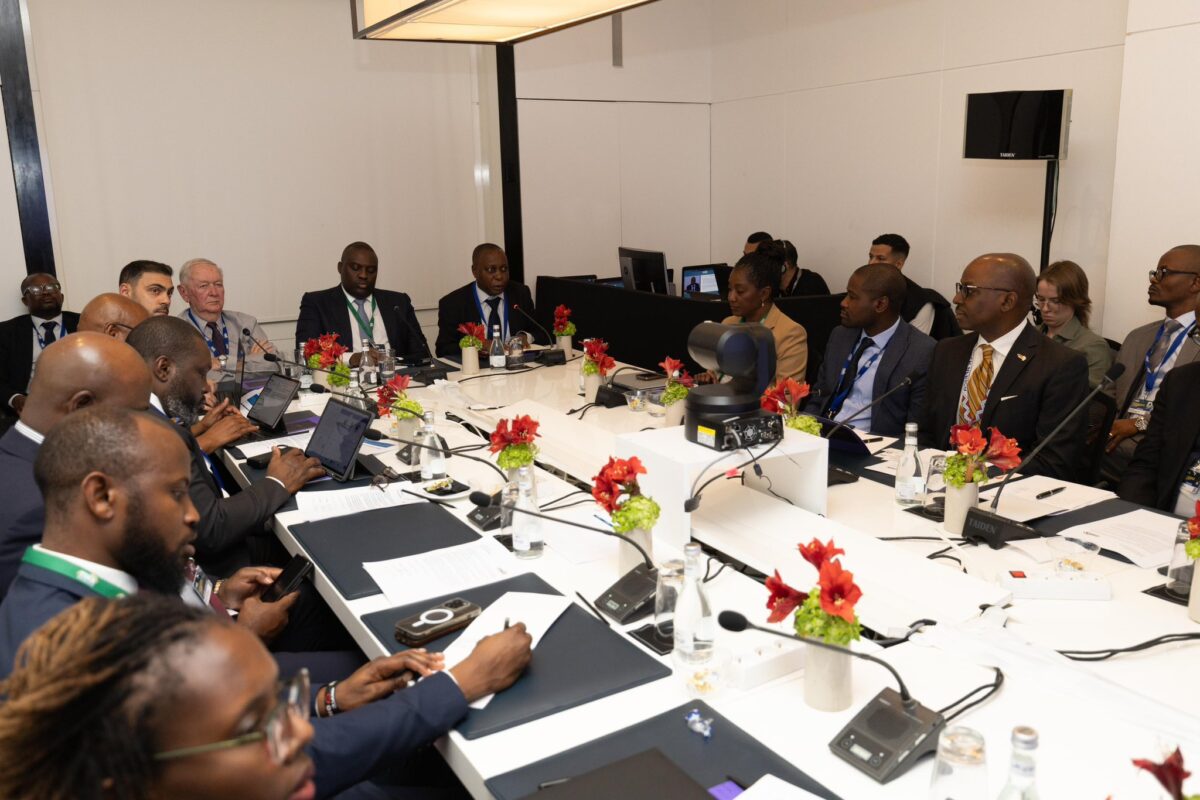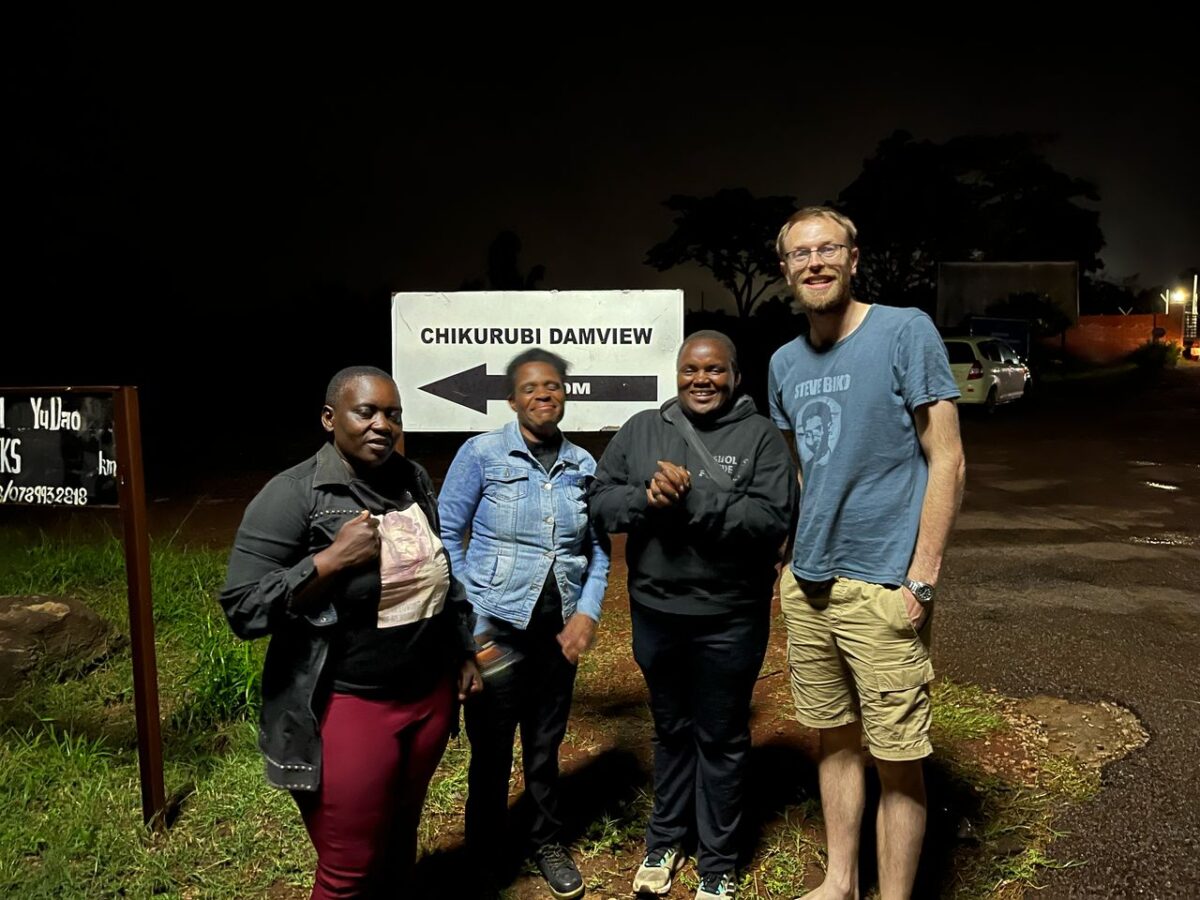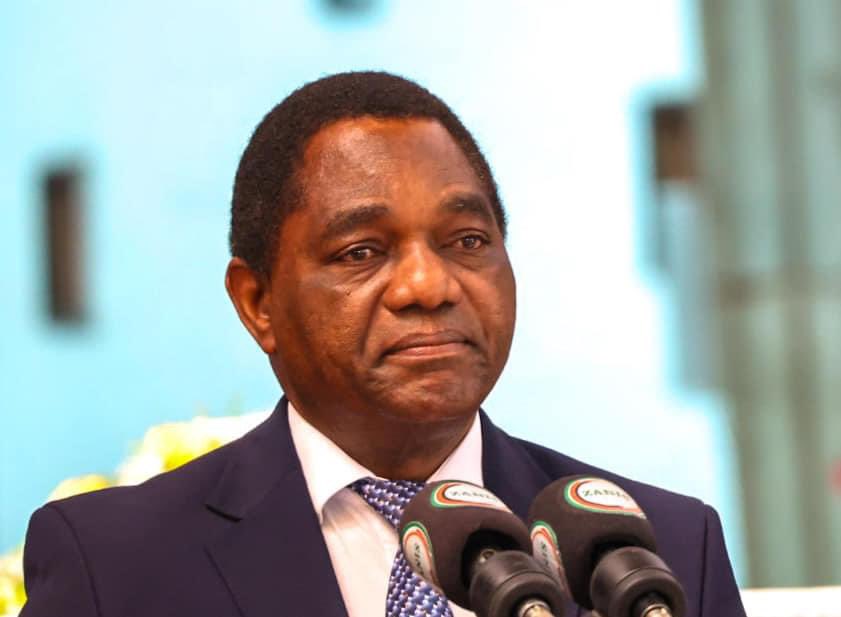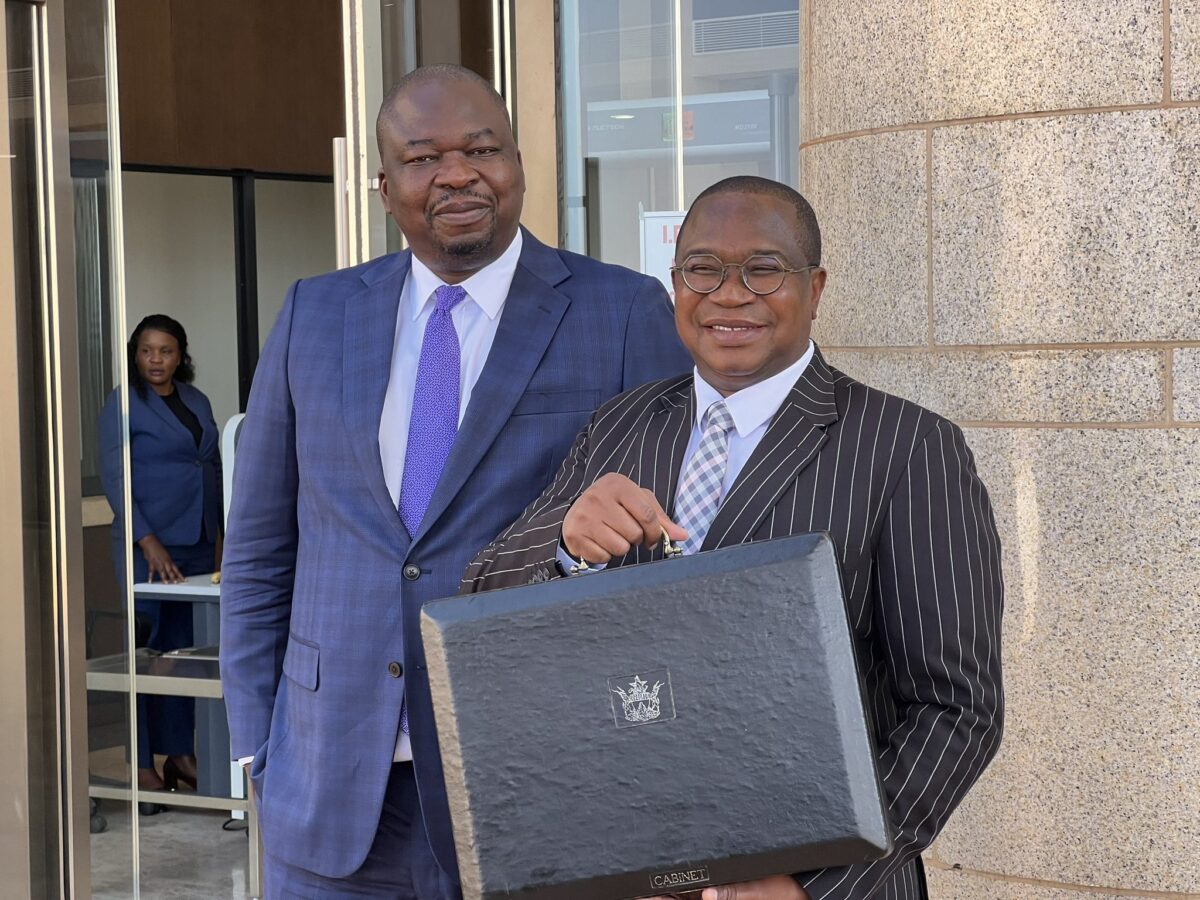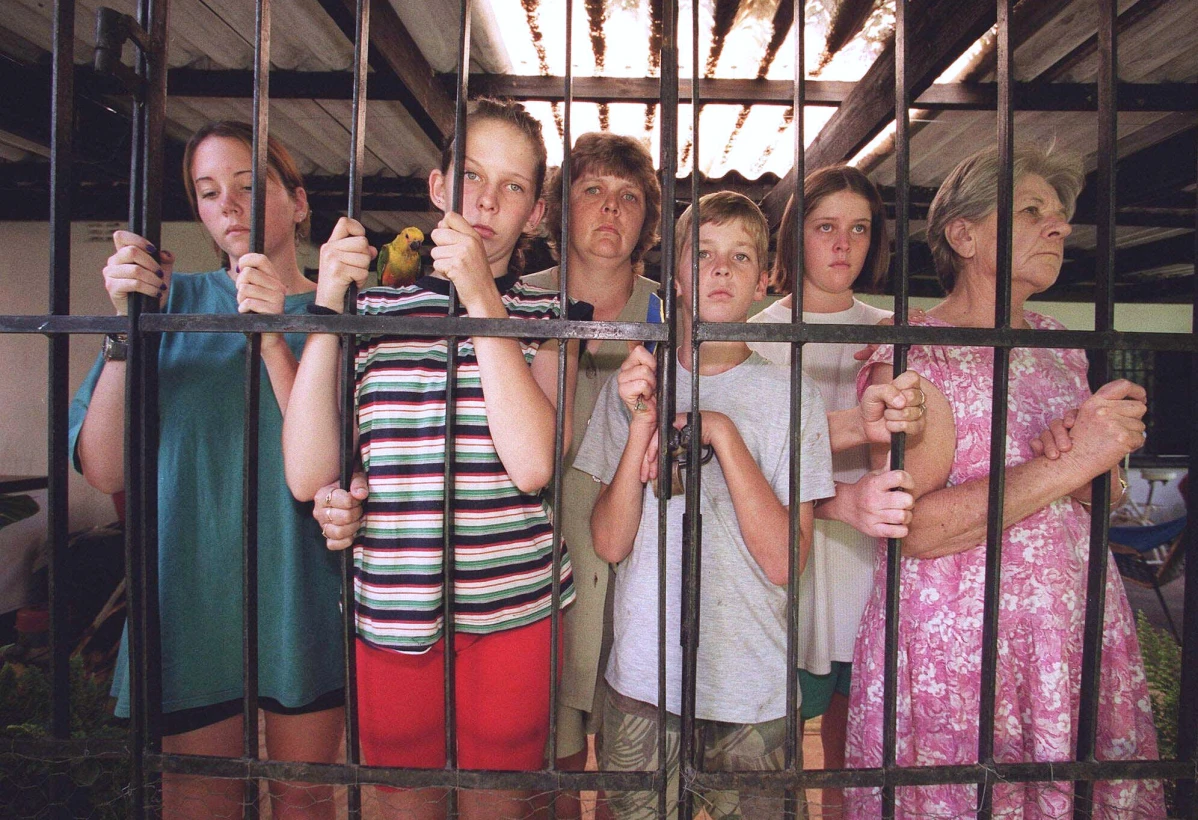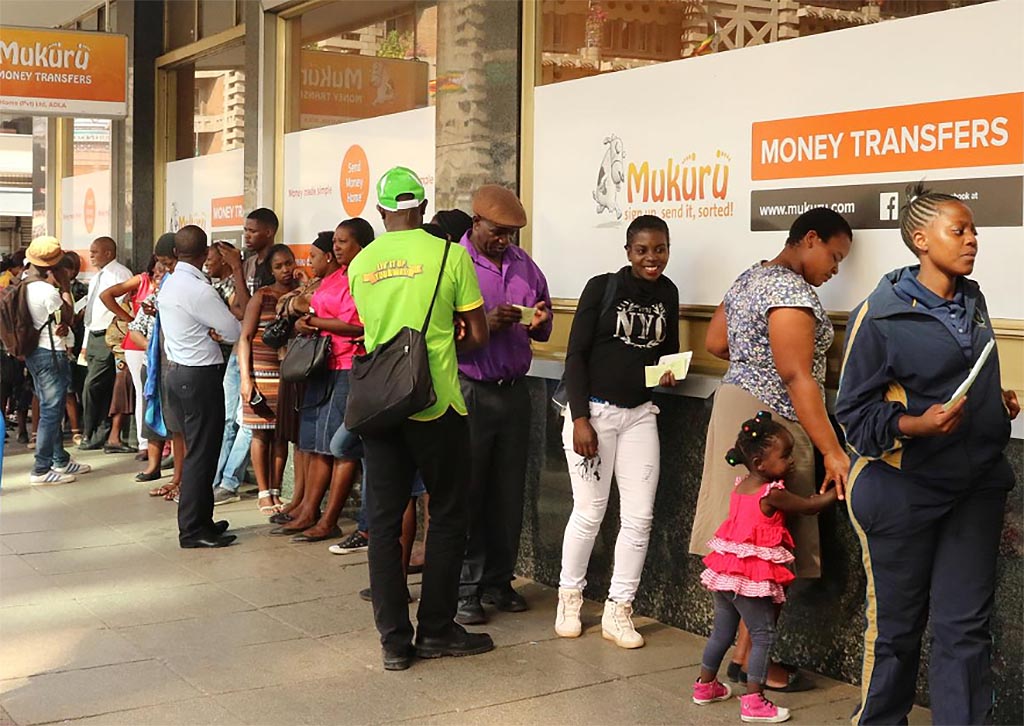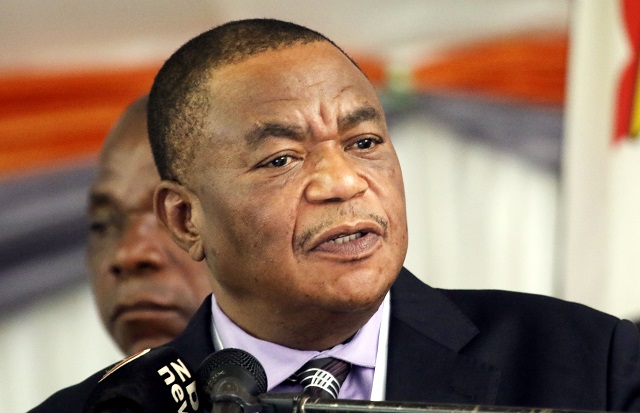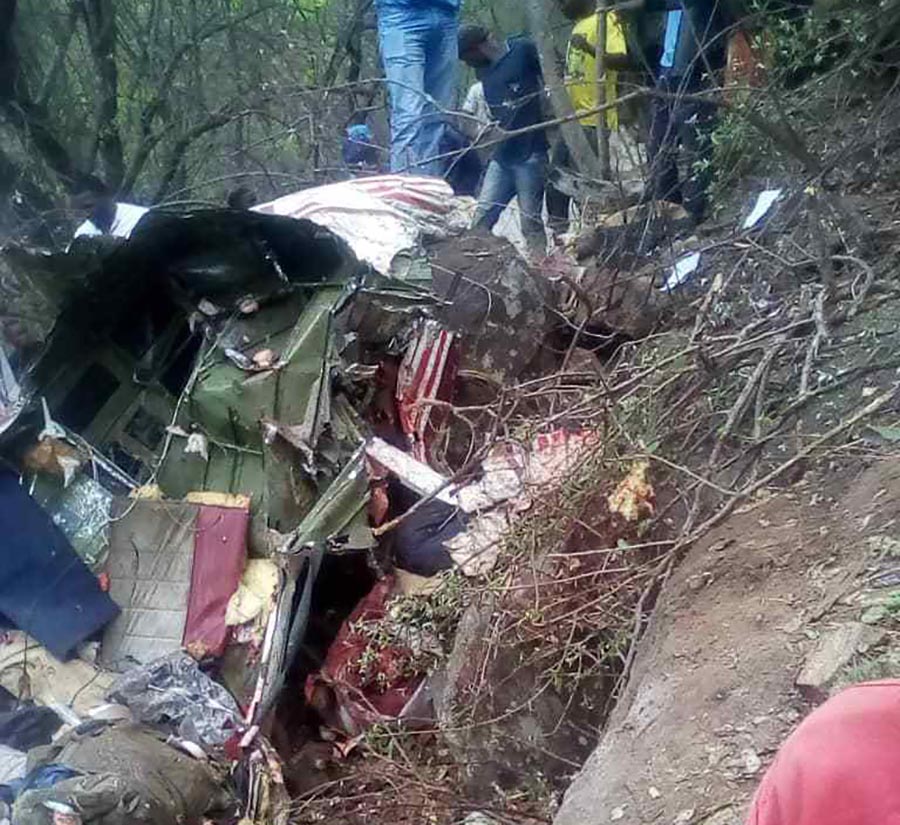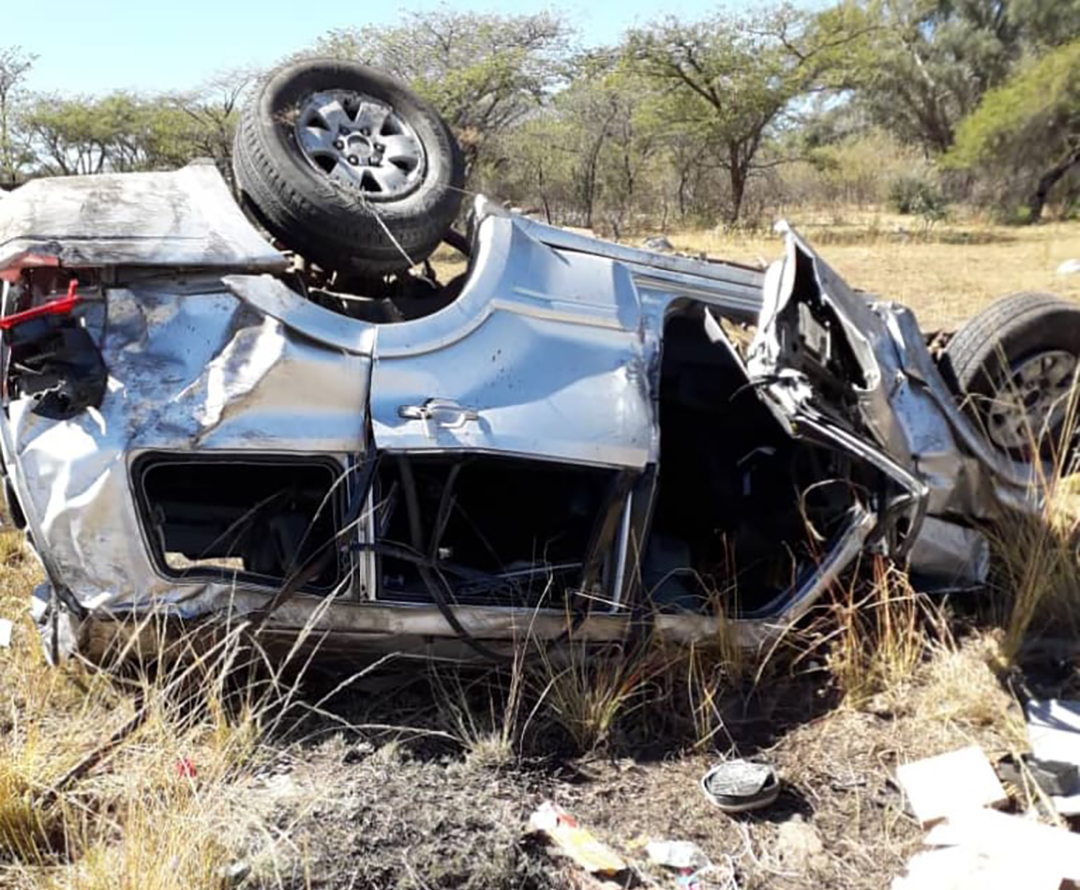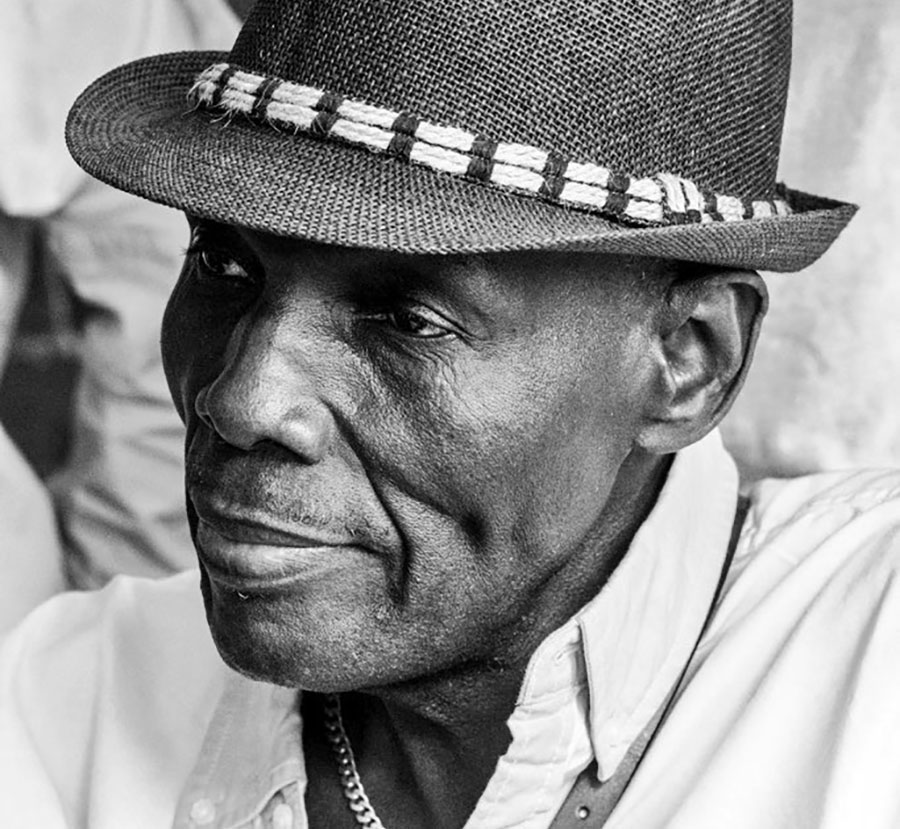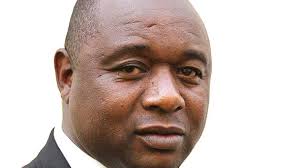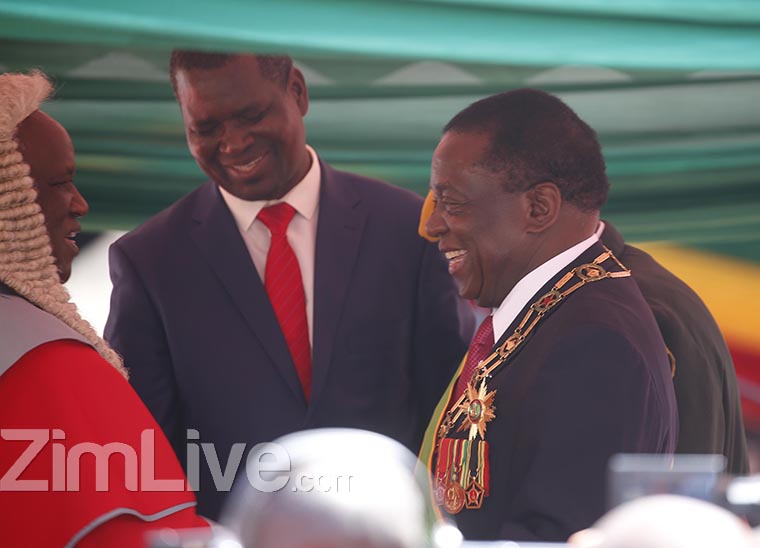HARARE – The African Export-Import Bank (Afreximbank) will finance a 250MW solar power project at Kariba Dam which is being driven by Zimbabwe’s largest electricity consumers, mainly mines.
Millions of floating solar panels on the world’s largest man-made lake will be installed and could start generating power after 18 months of the project starting.
Afreximbank showcased its support for the hybrid floating solar photovoltaic facility during the Africa Investment Forum in Morocco which ended last Friday.
“This transformative project will integrate solar energy with existing hydropower infrastructure, boosting Zimbabwe’s renewable energy capacity and ensuring reliable power for industries and mining under a 20-year Power Purchase Agreement,” the bank said.
Edward Cross, the chairman of the Intensive Energy User Group made up of mining companies including a former local unit of Rio Tinto and Mimosa, said they received “oversubscribed” interest for financing.
The project will be implemented by Green Hybrid Power. It aims to reach 1,000 megawatts implemented in phases of 250MW, with each phase costing US$250 million.
Cross said their group represented about 40 percent of the domestic demand for power in Zimbabwe, and about 90 percent were mines.
Zimbabwe is facing a daily power deficit of about 600MW, according to Sydney Gata, the executive chairman of the power utility, ZESA.
The generation shortfall, exacerbated by low water levels at Kariba and ageing equipment at the thermal power station at Hwange, has seen Zimbabweans enduring power cuts lasting up to 18 hours daily.
Cross said excess power would be sold in the region.
“We have formed a company to do an investment in new power generation, which is responsible for this project and we have a company that is responsible for transmission and distribution. In the transmission and distribution sector, we have to invest massively in the region,” Cross said.
“We estimate in the next five years we have to invest US$3 billion in transmission to enable us to move power from areas of surplus to areas of deficit.”
Zambia’s Copper Belt presented an exciting market, he said.
“Between the Congo (DRC) and the Zambian Copper Belt, they will be producing 70 percent or 80 percent of the world’s copper in three years’ time. And this is resulting in massive investment. The Americans have picked up the project of the railway line to Lobito and we are looking at a number of projects of a similar nature.”

